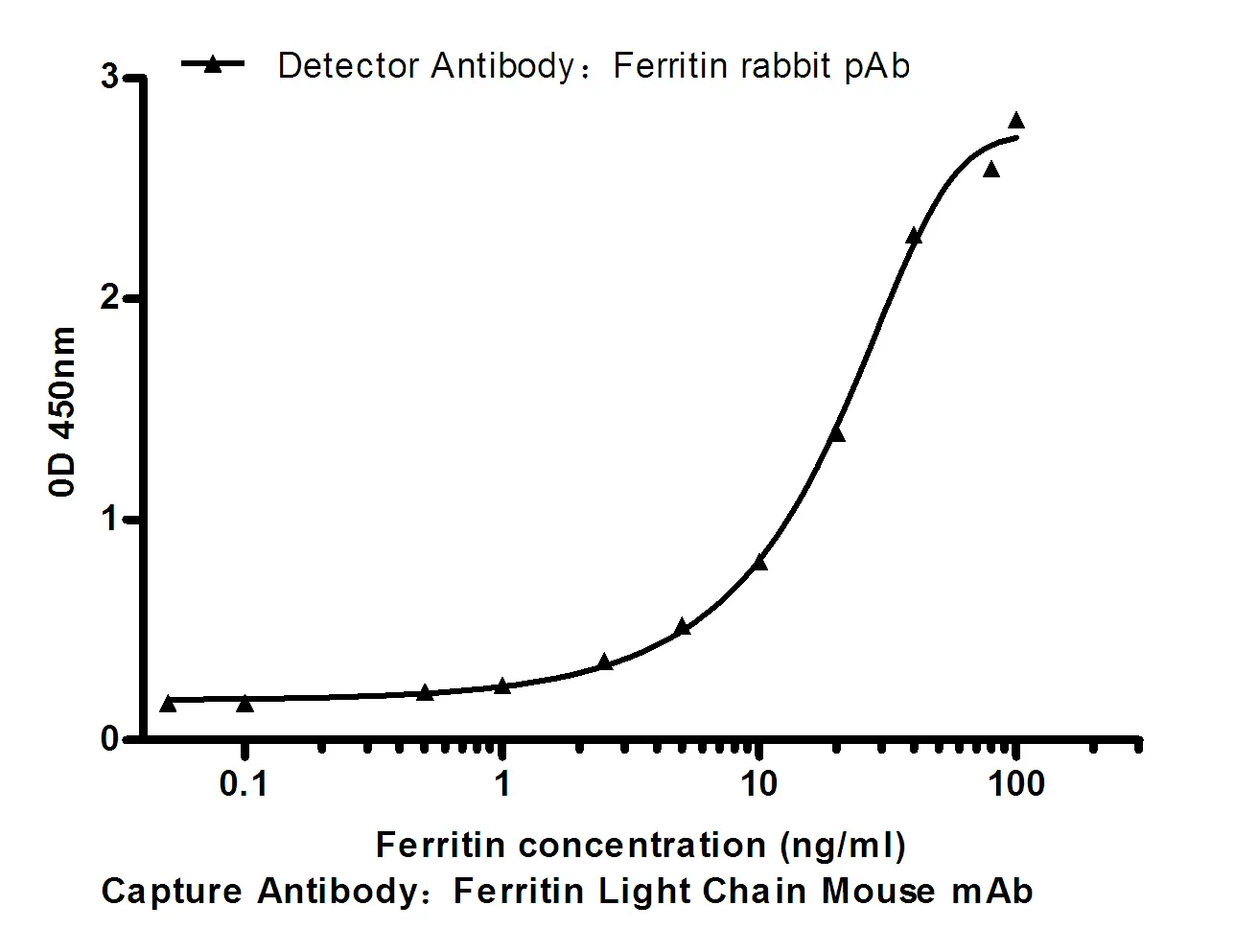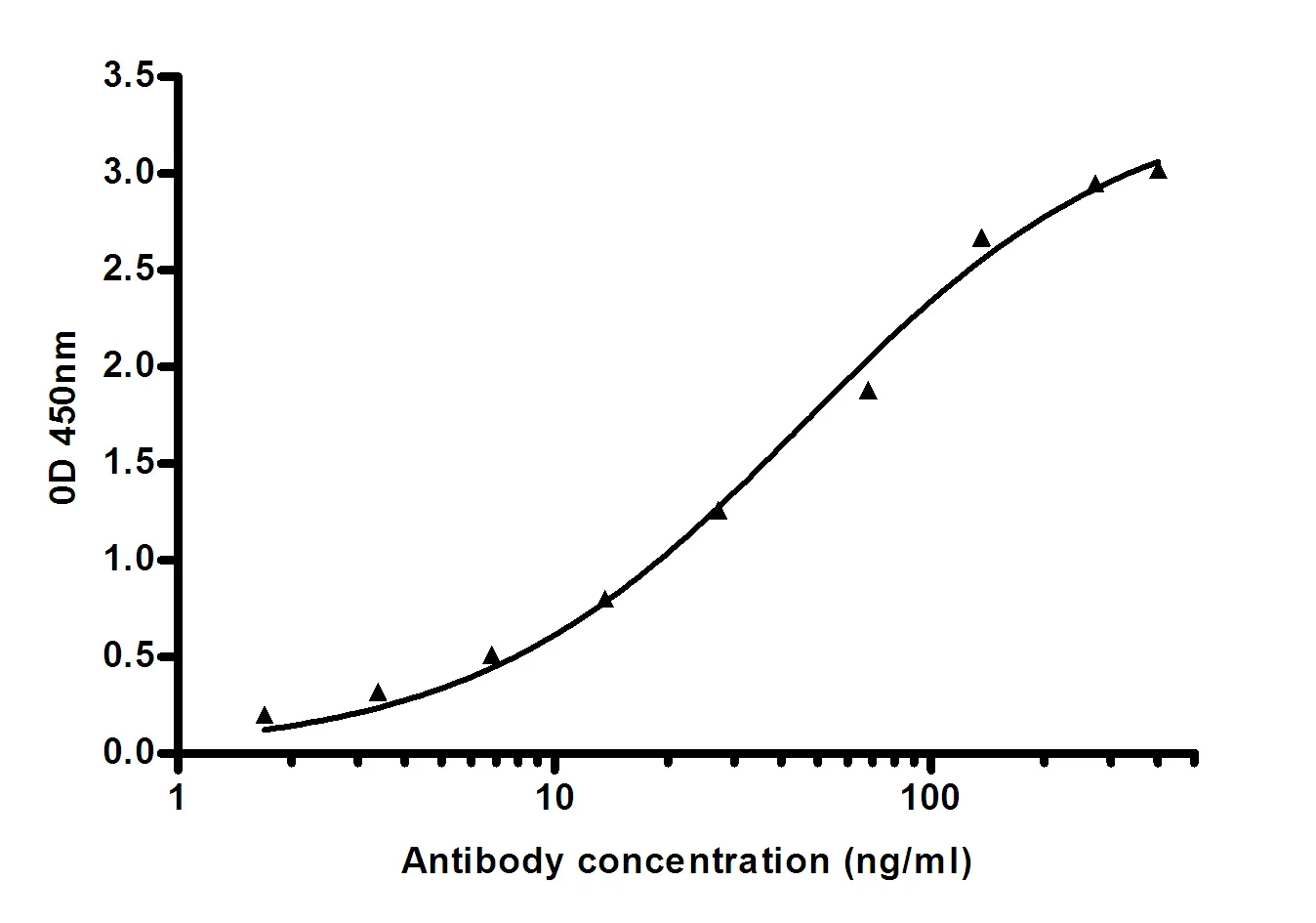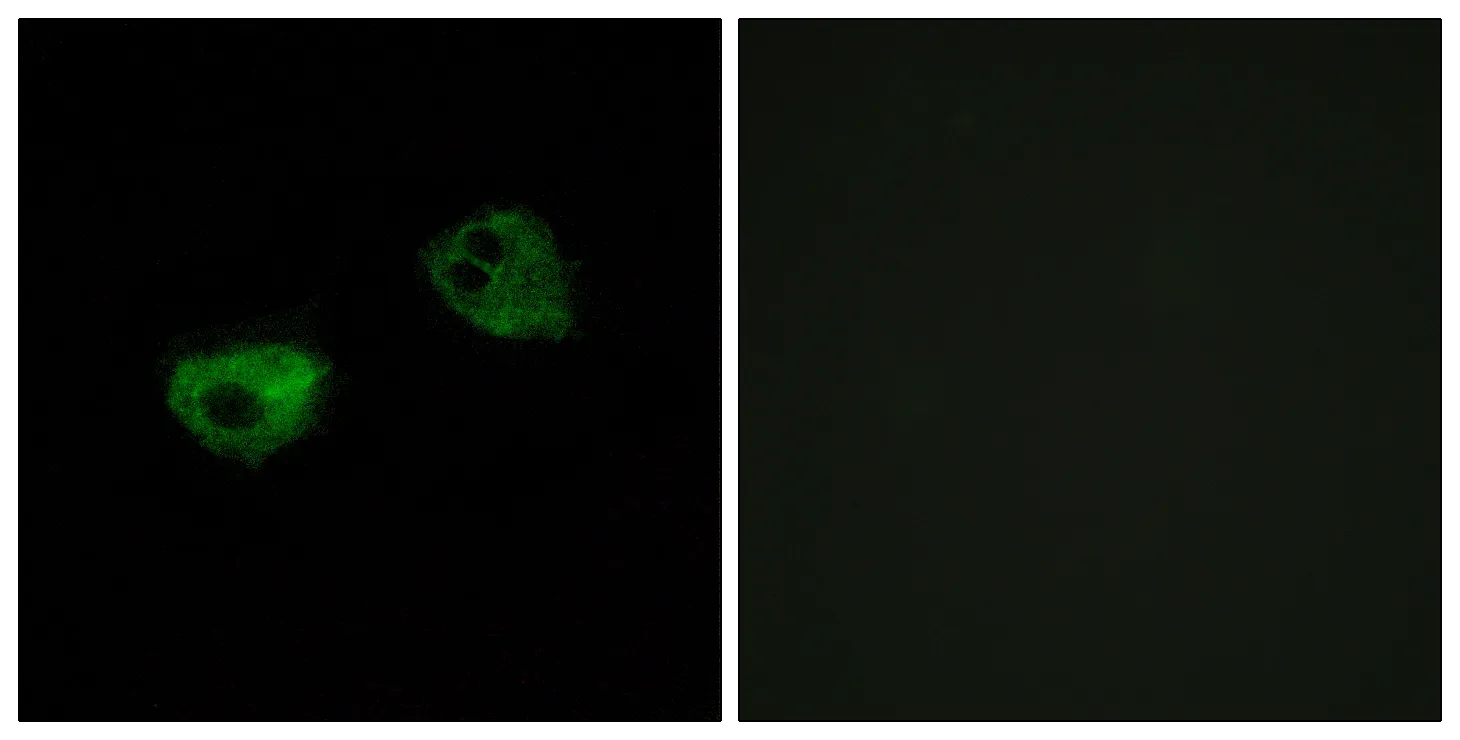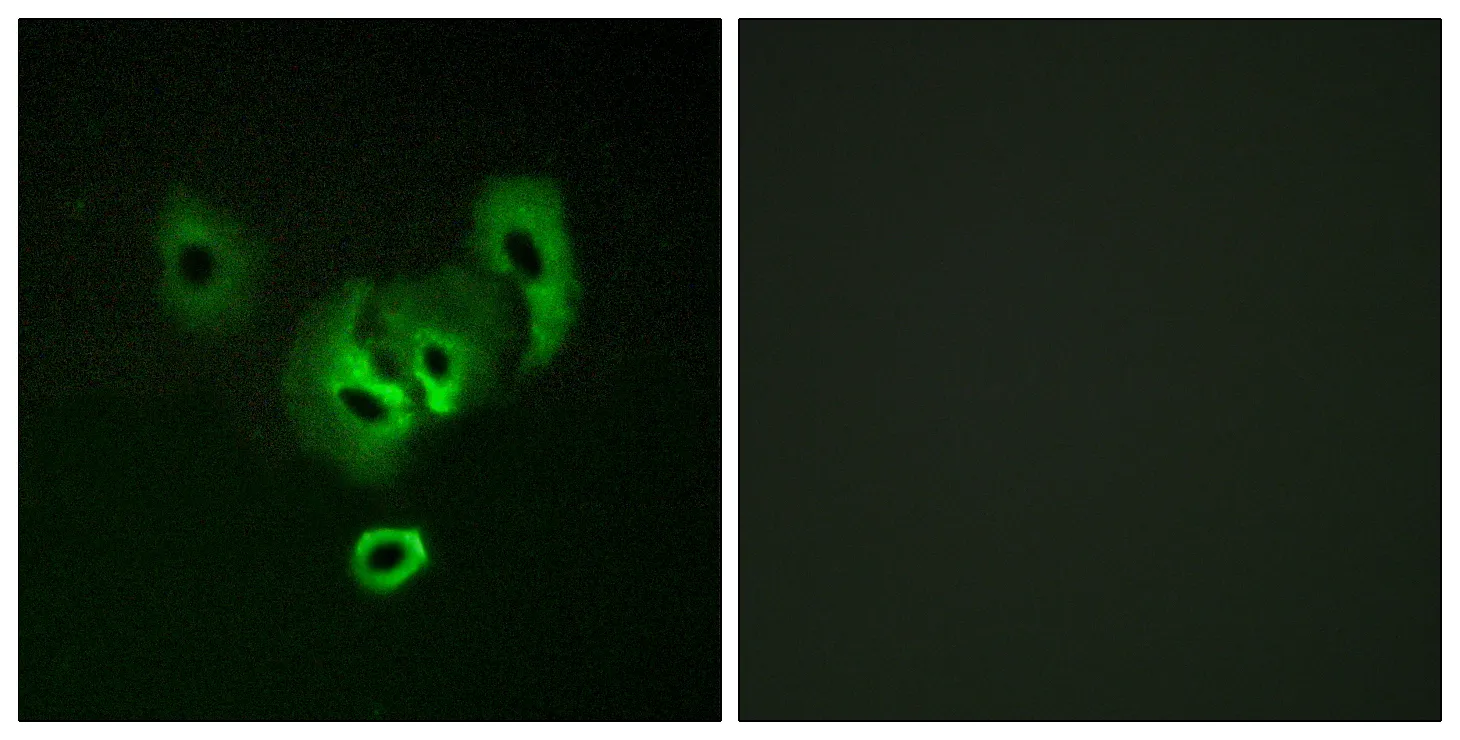Summary
Performance
Immunogen
Application
Background
The oncogene BCL2 is a membrane protein that blocks a step in a pathway leading to apoptosis or programmed cell death. The protein encoded by this gene binds to BCL2 and is referred to as BCL2-associated athanogene. It enhances the anti-apoptotic effects of BCL2 and represents a link between growth factor receptors and anti-apoptotic mechanisms. Multiple protein isoforms are encoded by this mRNA through the use of a non-AUG (CUG) initiation codon, and three alternative downstream AUG initiation codons. A related pseudogene has been defined on chromosome X. [provided by RefSeq, Feb 2010],disease:May be linked to the cryptophthalmos syndrome (Fraser syndrome), an autosomal recessive disorder characterized by the failure of eyes fissures to form during embryogenesis, webbed fingers, and atresia of ear canals, anus, vagina, alimentary tract, or larynx. All these developmental processes require cell death.,function:Inhibits the chaperone activity of HSP70/HSC70 by promoting substrate release. Inhibits the pro-apoptotic function of PPP1R15A, and has anti-apoptotic activity. Markedly increases the anti-cell death function of BCL2 induced by various stimuli.,PTM:Ubiquitinated; mediated by SIAH1 or SIAH2 and leading to its subsequent proteasomal degradation.,similarity:Contains 1 BAG domain.,similarity:Contains 1 ubiquitin-like domain.,subcellular location:Isoform2 localizes to the cytoplasm and shuttles into the nucleus in response to heat shock.,subunit:Binds to the ATPase domain of HSP70/HSC chaperones. Binds to BCL2 and NR3C1. Interacts with N-terminal region of STK19. Interacts with PPP1R15A. Isoform 2 doesn't interact with HSP70/HSC or BCL2.,






